India-Pakistan Relations: Understanding The Kashmir Dispute And The Risk Of Conflict
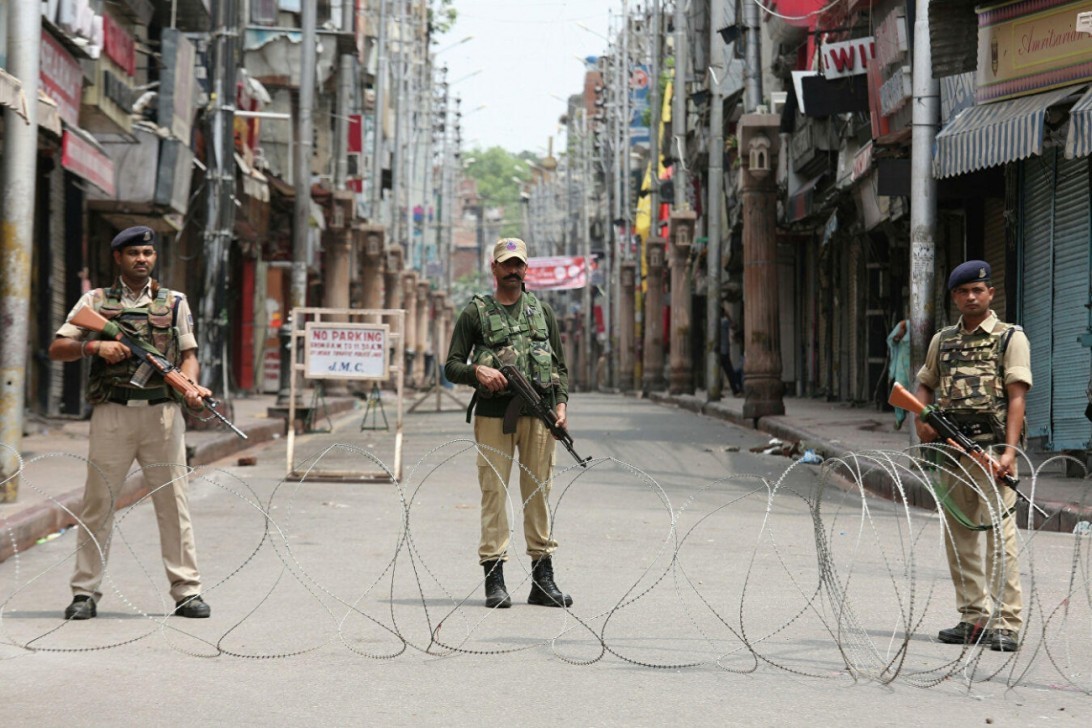
Table of Contents
Historical Context of the Kashmir Dispute
The origins of the Kashmir dispute trace back to the partition of India in 1947. The princely state of Jammu and Kashmir, ruled by Maharaja Hari Singh, initially remained independent. However, following tribal incursions from Pakistan-administered territories, Maharaja Hari Singh acceded to India in October 1947, a decision that Pakistan vehemently contested. This led to the first Kashmir War (1947-48), which ended with a ceasefire line—later known as the Line of Control (LoC)—dividing the region. The United Nations Security Council intervened, proposing a plebiscite to determine the Kashmiri people's wishes, a promise that remains unfulfilled.
- Key Dates and Events: 1947 Partition of India, October 1947 Accession of Kashmir to India, 1947-48 First Kashmir War, 1965 Second Kashmir War, 1971 Indo-Pakistani War, 1999 Kargil War.
- Involvement of External Actors: The UN, various Western powers, and China have played significant roles at different times in mediating or influencing the conflict.
- The Line of Control (LoC) and its significance: The LoC represents the de facto border between Indian- and Pakistani-administered Kashmir, a constantly contested and volatile boundary.
The Current State of Affairs in Kashmir
The revocation of Article 370 of the Indian Constitution in August 2019, which granted special autonomy to Jammu and Kashmir, significantly altered the political landscape. This move sparked widespread protests, crackdowns, and a heightened military presence. The human rights situation in the region remains a significant concern, with reports of restrictions on communication, movement, and political activity. The ongoing military presence and security measures continue to impact the daily lives of Kashmiris.
- Restrictions on communication and movement: Curfews, internet shutdowns, and restrictions on movement have been frequently implemented, impacting the freedom of expression and assembly.
- Political and social unrest: The revocation of Article 370 continues to fuel political and social unrest, with ongoing protests and calls for self-determination.
- International community's response: The international community has expressed concerns about the human rights situation and called for dialogue and de-escalation.
Causes of Tensions and Risk of Escalation
Several factors contribute to the ongoing tensions and the risk of escalation between India and Pakistan. Cross-border terrorism emanating from Pakistan-administered territories remains a major irritant. Disputes over water resources, particularly the Indus River system, add another layer of complexity to the already strained relationship. Furthermore, religious and nationalist sentiments in both countries often fuel the conflict, exacerbated by media narratives and propaganda.
- Specific terrorist groups and their activities: Groups like Jaish-e-Mohammed and Lashkar-e-Taiba, operating from Pakistan-administered Kashmir, have carried out numerous attacks in India.
- Water sharing agreements and disputes: The Indus Waters Treaty governs water sharing, but disputes over its implementation and dam construction continue to be a source of friction.
- Influence of media and propaganda: Nationalistic narratives and biased media coverage in both countries contribute to heightened tensions and hinder reconciliation.
Potential Pathways to Peace and Conflict Resolution
Despite the seemingly intractable nature of the Kashmir dispute, several pathways to peace and conflict resolution exist. Bilateral dialogue and negotiations, even if challenging, remain essential. Third-party mediation, involving trusted international actors, could play a constructive role in facilitating communication and finding common ground. Confidence-building measures, such as increased trade, cultural exchange, and people-to-people contact, could help to foster mutual understanding and trust.
- Previous attempts at dialogue and their outcomes: Numerous attempts at dialogue have been made in the past, with varying degrees of success. Understanding past failures and successes is crucial for future endeavors.
- Potential mediators and their roles: The UN, other regional organizations, and individual countries could play mediating roles, though their effectiveness depends on the willingness of both India and Pakistan to engage.
- Examples of confidence-building measures: Initiatives such as increased cross-LoC trade, cultural exchanges, and sporting events could build trust and create opportunities for interaction.
Conclusion
The India-Pakistan relationship, particularly concerning the Kashmir dispute, remains one of the most volatile geopolitical flashpoints globally. The complex history, the ongoing human rights concerns, and the potential for escalation highlight the urgent need for peaceful resolution. Improving India-Pakistan relations requires a commitment to dialogue, a willingness to address the root causes of the conflict, and the pursuit of confidence-building measures. We must all advocate for peace, promoting informed discussions and pushing for peaceful solutions for the Kashmir dispute, thereby reducing conflict risk in Kashmir and working towards a more stable and secure South Asia. Learn more about this critical issue, engage in constructive conversations, and support initiatives that foster understanding and cooperation between India and Pakistan.

Featured Posts
-
 Browns Sign Veteran Wide Receiver And Return Specialist Report
May 08, 2025
Browns Sign Veteran Wide Receiver And Return Specialist Report
May 08, 2025 -
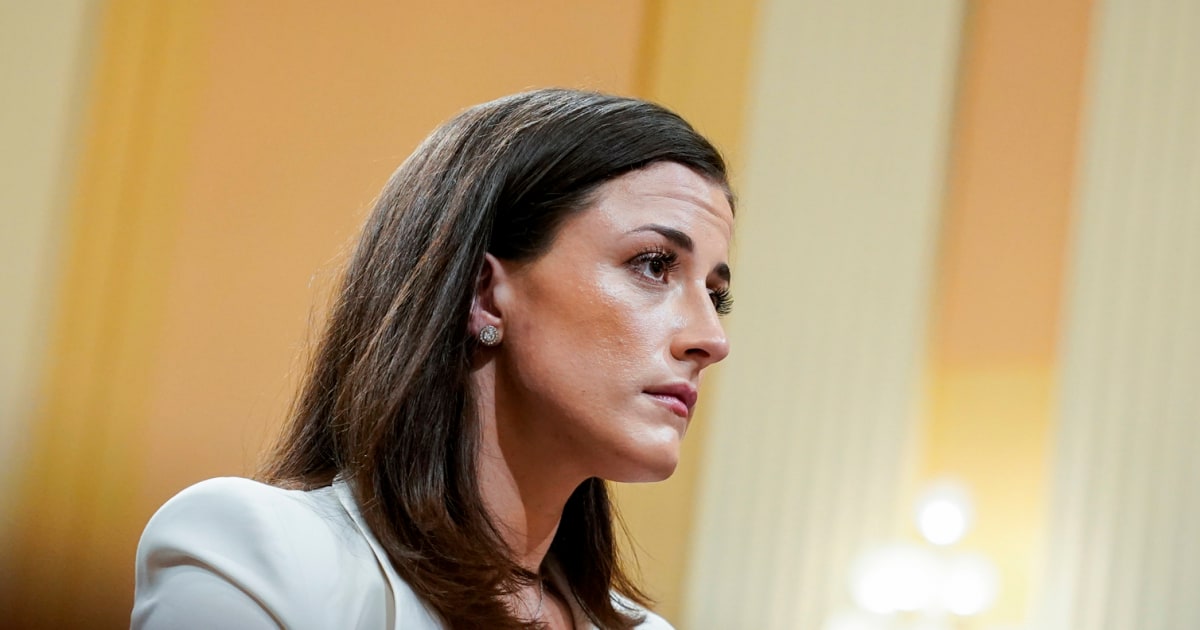 Cassidy Hutchinson Memoir A Fall 2024 Release On Her Jan 6 Testimony
May 08, 2025
Cassidy Hutchinson Memoir A Fall 2024 Release On Her Jan 6 Testimony
May 08, 2025 -
 Micro Strategy Stock Vs Bitcoin A 2025 Investment Comparison
May 08, 2025
Micro Strategy Stock Vs Bitcoin A 2025 Investment Comparison
May 08, 2025 -
 Playing Ps 5 Exclusives On Ps 5 Pro Performance Improvements Explored
May 08, 2025
Playing Ps 5 Exclusives On Ps 5 Pro Performance Improvements Explored
May 08, 2025 -
 Arsenal Manager Arteta Under Fire From Collymore
May 08, 2025
Arsenal Manager Arteta Under Fire From Collymore
May 08, 2025
Latest Posts
-
 Analyzing Ripples Xrp Potential Can It Break Through To 3 40
May 08, 2025
Analyzing Ripples Xrp Potential Can It Break Through To 3 40
May 08, 2025 -
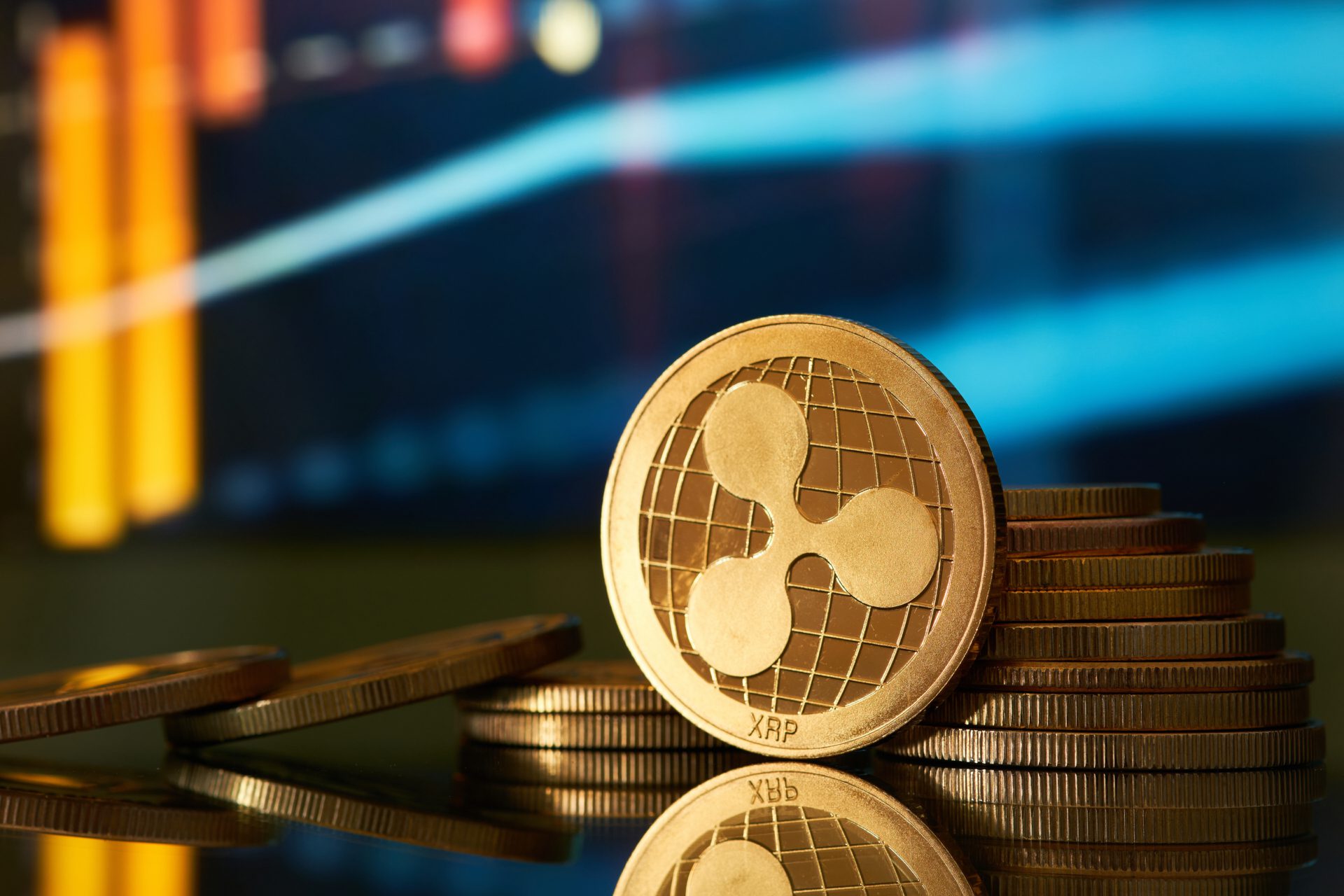 Ripples Xrp Assessing The Likelihood Of A Price Increase To 3 40
May 08, 2025
Ripples Xrp Assessing The Likelihood Of A Price Increase To 3 40
May 08, 2025 -
 Is 3 40 A Realistic Price For Xrp Ripples Market Analysis
May 08, 2025
Is 3 40 A Realistic Price For Xrp Ripples Market Analysis
May 08, 2025 -
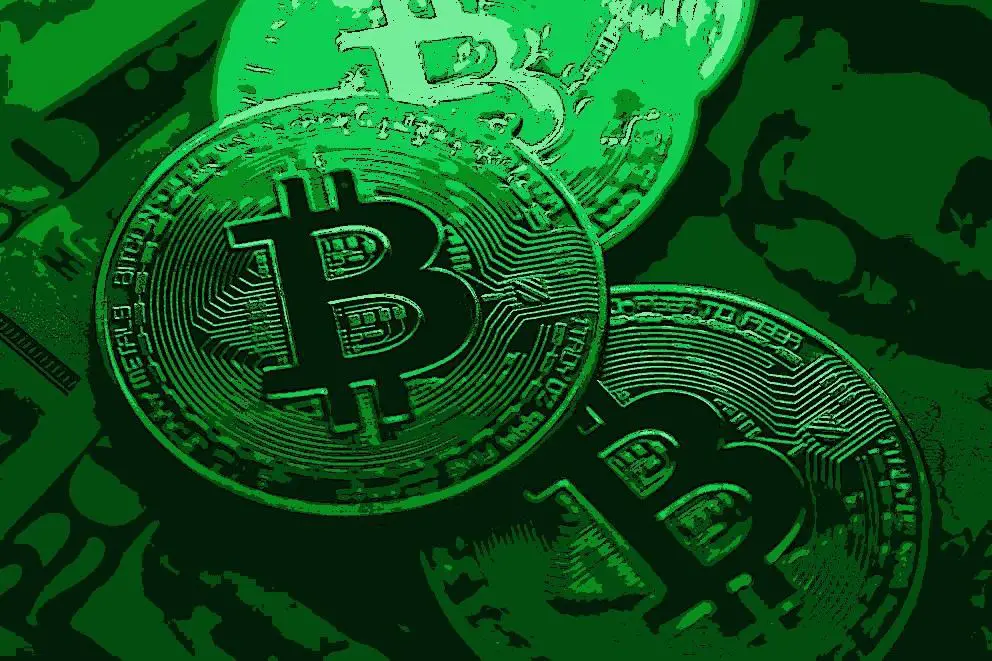 Xrp Ripple A High Risk High Reward Investment Opportunity
May 08, 2025
Xrp Ripple A High Risk High Reward Investment Opportunity
May 08, 2025 -
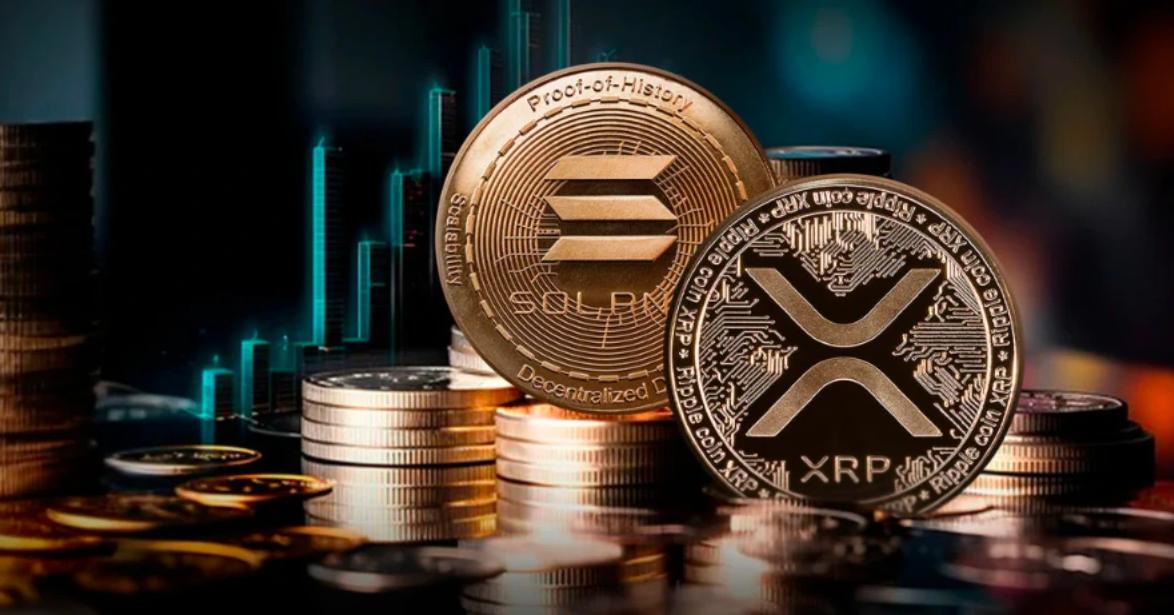 Analyzing The Challenges Why Xrp Etfs May Underperform Expectations
May 08, 2025
Analyzing The Challenges Why Xrp Etfs May Underperform Expectations
May 08, 2025
